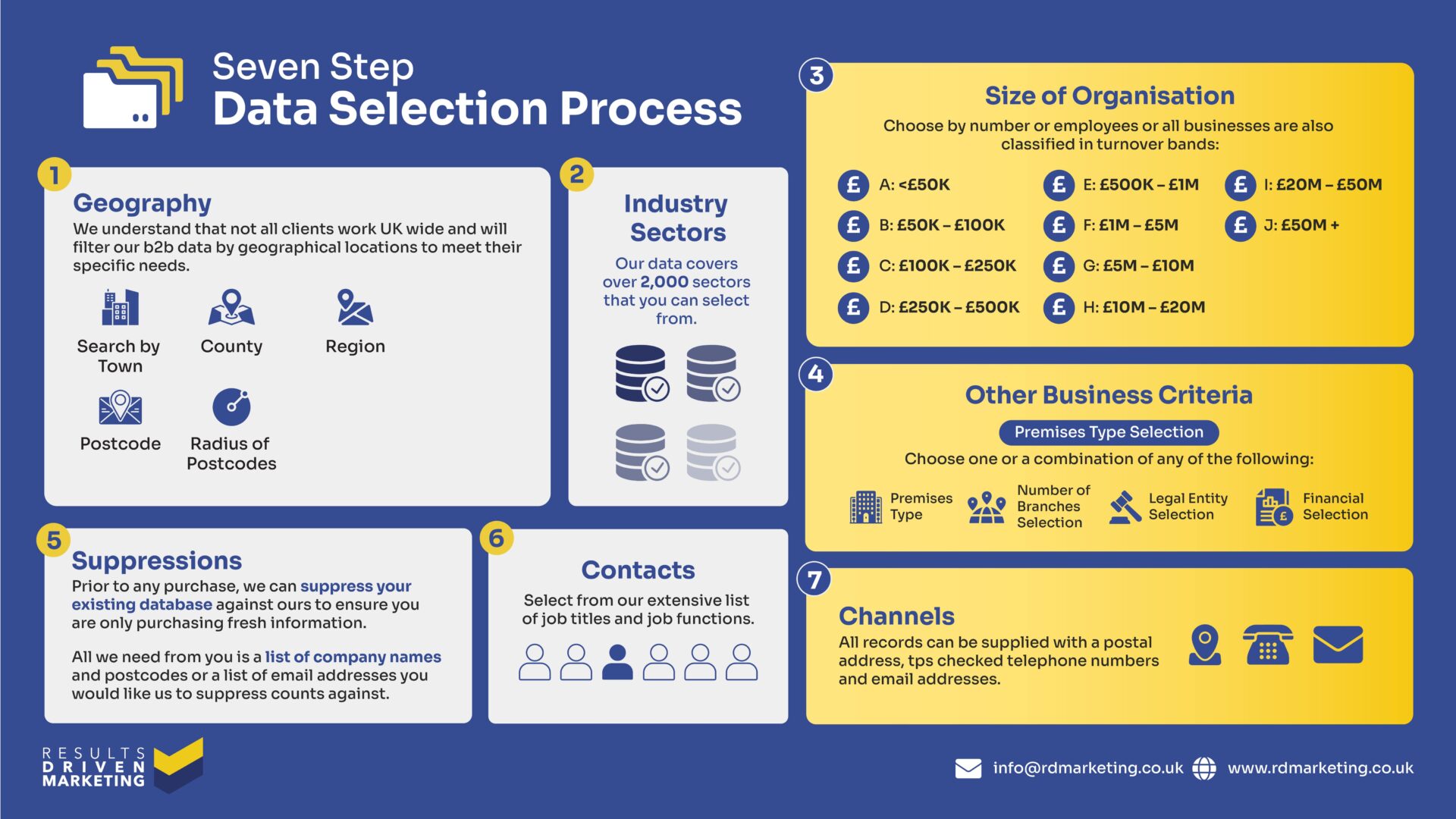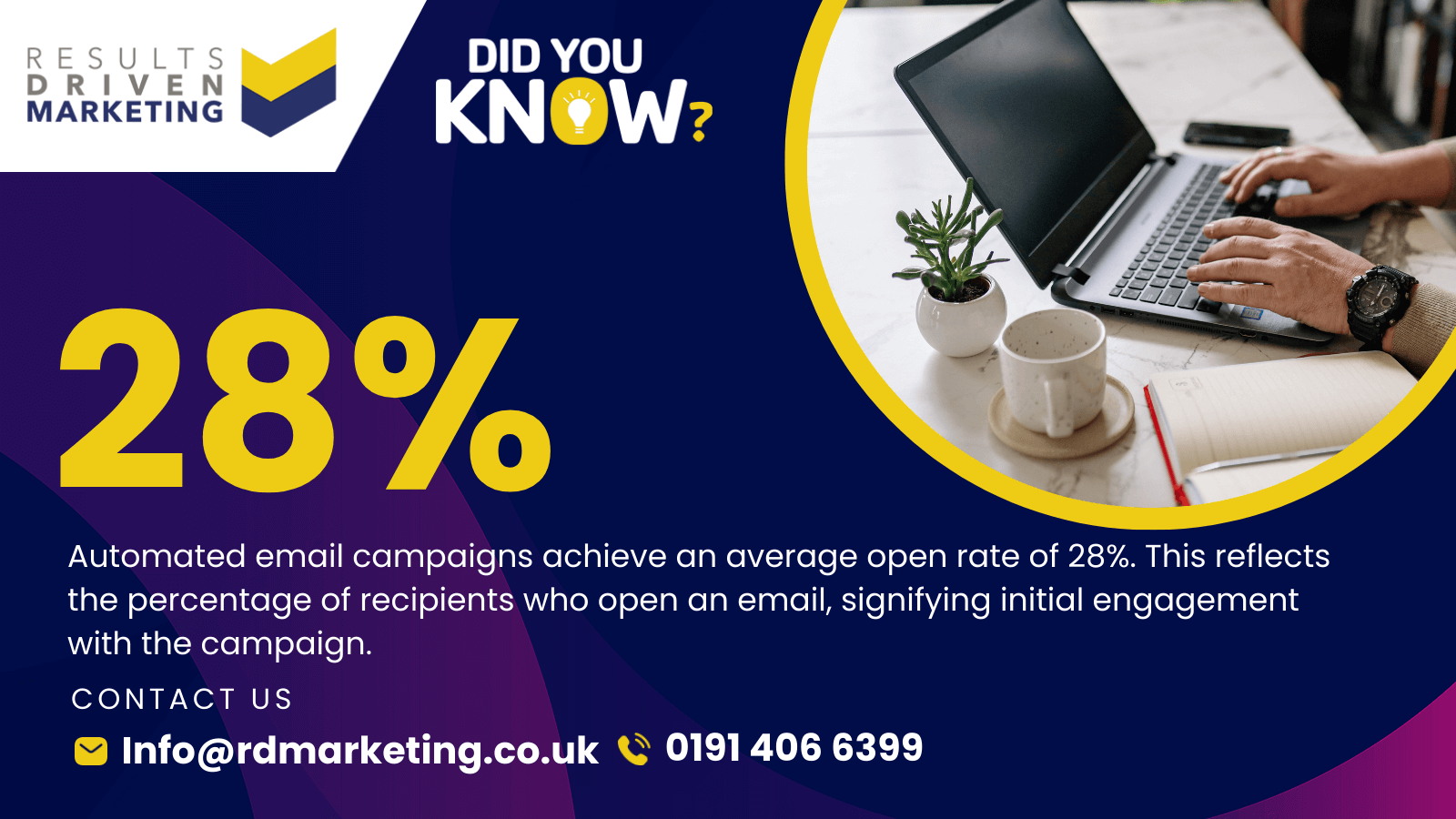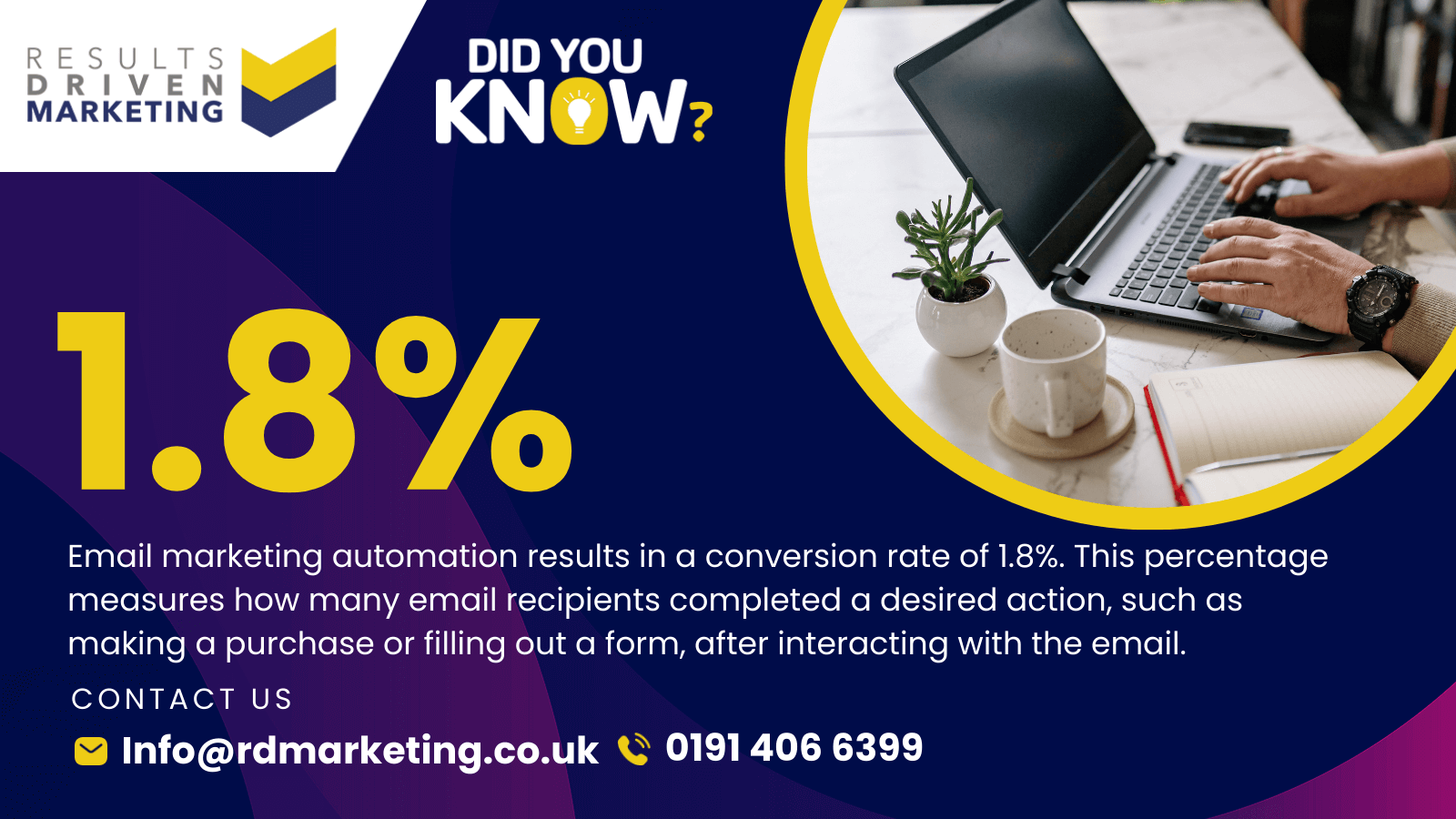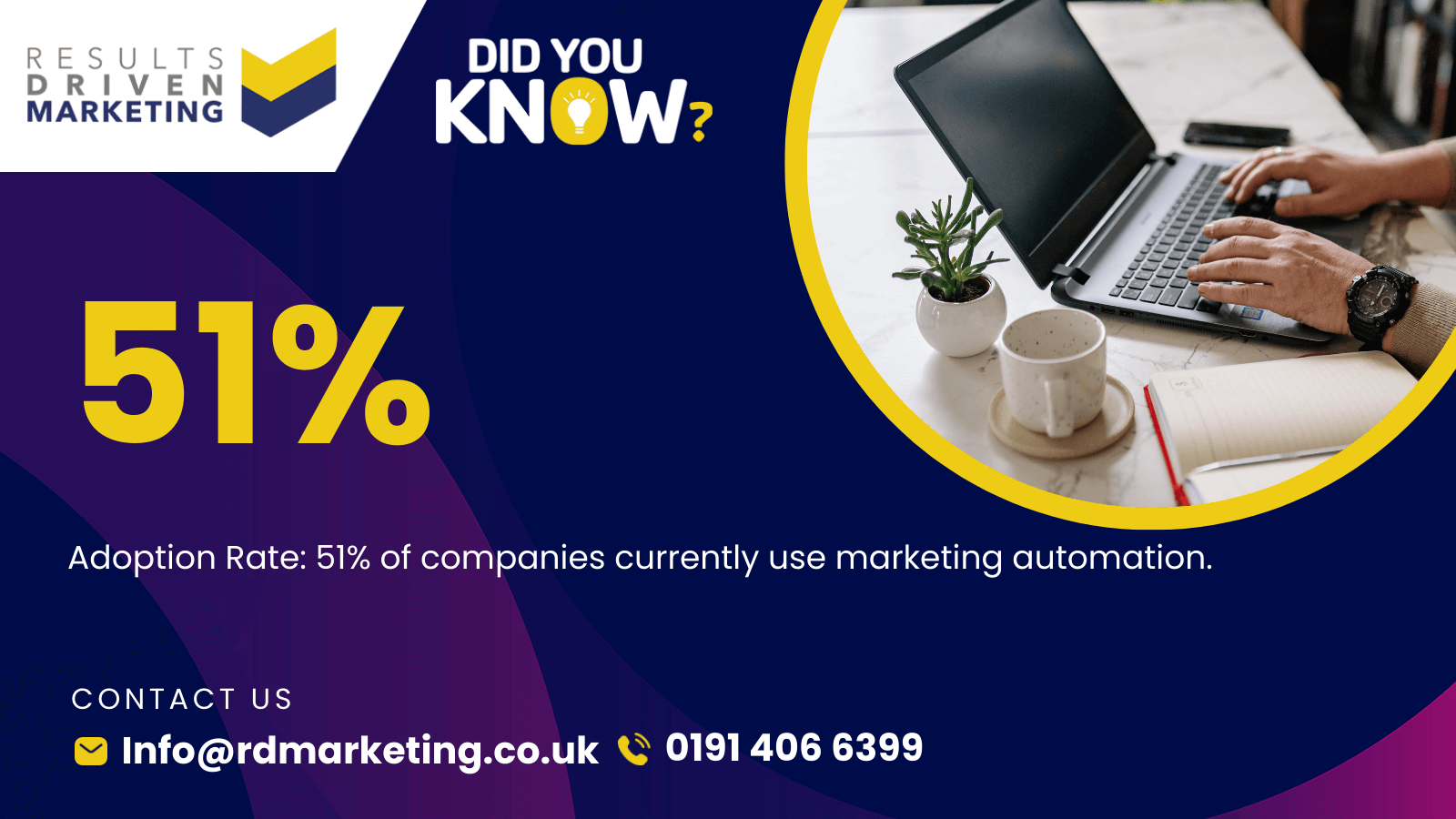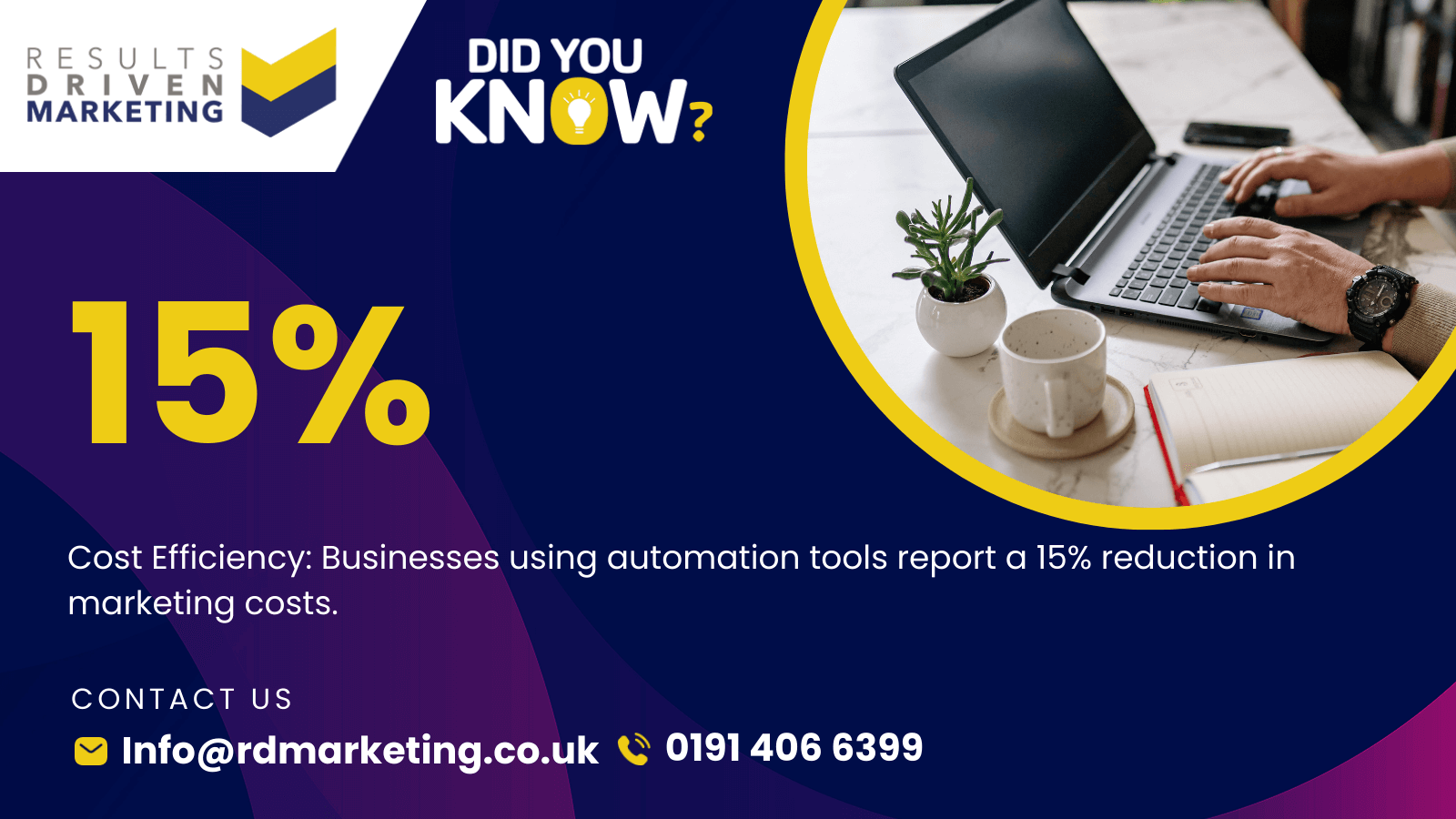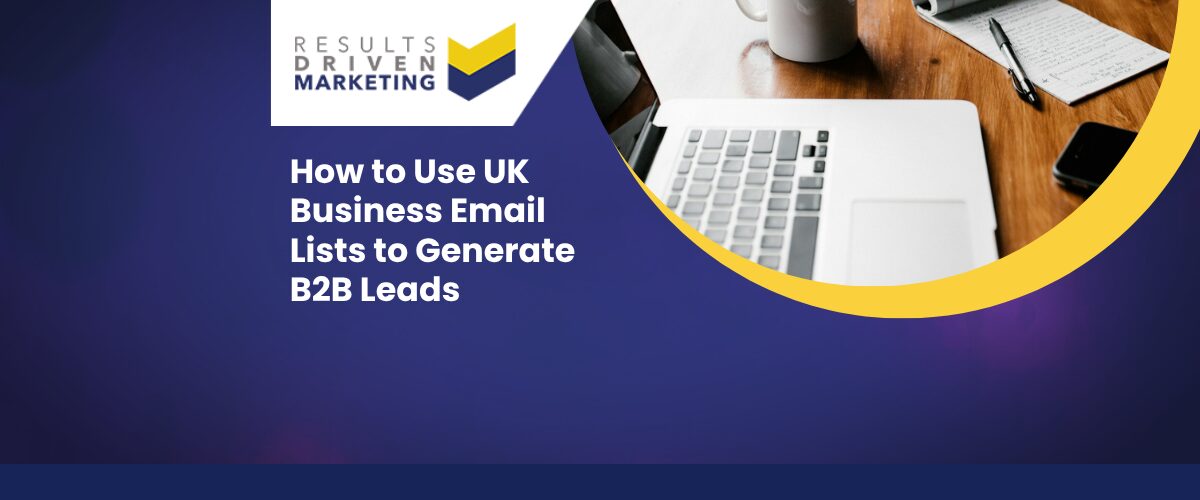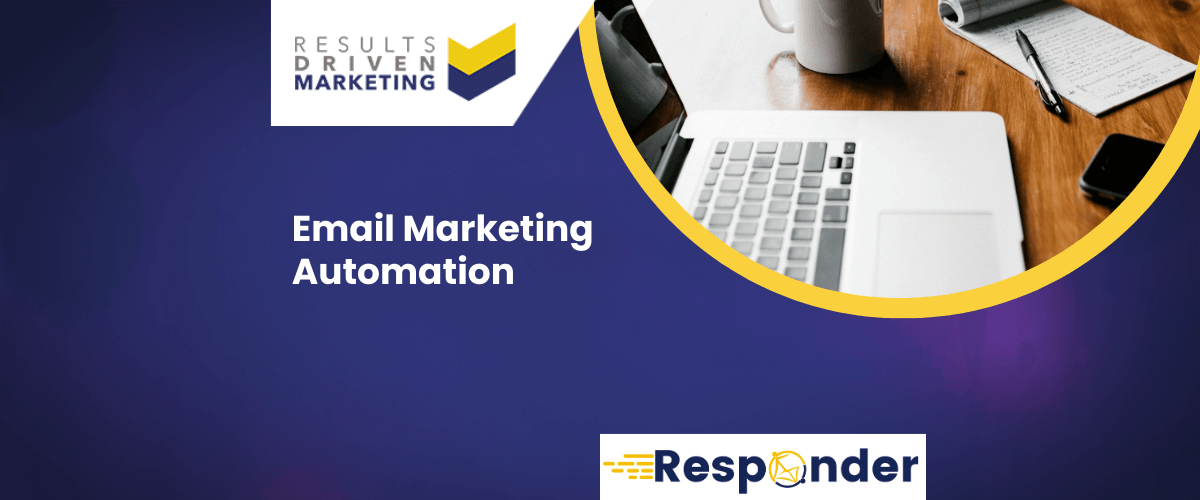
Email Marketing Automation
Email marketing automation is changing the game for how businesses manage their email strategies.
In this article, we’ll take a closer look at email marketing automation, its benefits, how it simplifies workflows, and how it boosts the overall success of email campaigns.
We’ll discuss key features like automated workflows, segmentation, personalisation, and analytics that make email marketing automation a powerful tool for businesses.
Whether you’re new to email marketing or looking to refine your existing strategy, this guide will provide valuable insights into leveraging automation for maximum impact.
Table of contents:
Overview of Email Marketing Automation
Email Marketing Automation, at its core, is like having a digital marketing assistant, one that works 24/7. It’s all about using software to automate your email marketing campaigns.
Think of it as setting up a series of emails tailored to individual needs and sending them out automatically based on specific triggers and schedules. It’s like hitting the bullseye in terms of delivering relevant content to the right people at the right time.
What is Email Marketing Automation?
So, what exactly is Email Marketing Automation? It’s a strategy that uses technology to automate the sending of targeted and personalised email messages. This automation is triggered by certain actions your customers take (or don’t take).
From a welcome email for a new subscriber to a special offer for someone who’s just made a purchase, it’s all about delivering the right message at the right moment, without you having to manually send these emails every time.
The Basics of Email Marketing Automation
Diving a bit deeper, let’s unwrap the basics of Email Marketing Automation. It’s not just about sending emails; it’s about creating a more personalised and engaging experience for your audience.
Understanding Email Marketing Automation
Understanding Email Marketing Automation means recognising its power to transform your email marketing campaigns. It’s about moving beyond the ‘one-size-fits-all’ approach.
Instead, it’s segmenting your audience and delivering content that resonates with each group. It’s about nurturing leads, engaging with your customers, and building a relationship that goes beyond a transactional email.
How Does Email Marketing Automation Work?
So, how does this all come together? Email Marketing Automation works by using specific triggers based on user behaviour.
These triggers could be anything from signing up for a newsletter, abandoning a shopping cart, or even not opening emails for a certain period.
Once these triggers are activated, the system sends out a pre-designed email or email series, ensuring that your message reaches your audience at a time when they’re most likely to engage.
It’s like having a smart, responsive, and highly efficient digital marketer in your toolkit.
Why Should You Automate Your Emails?
Alright, let’s get into the nitty-gritty of why automating your emails is more than just a smart move—it’s a game-changer.
Email Marketing Automation isn’t just about saving time (though that’s a big part of it); it’s about crafting a more effective, targeted, and engaging email strategy.
What are the Advantages of Using Email Marketing Automation?
The advantages? Oh, they’re plenty! From boosting engagement rates to nurturing leads and converting them into loyal customers, Email Marketing Automation is like the Swiss Army knife in your marketing toolkit.
It’s about delivering the right message, to the right person, at the right time, without breaking a sweat.
Benefits of Email Marketing Automation
- Time-Saving: Once set up, your campaigns run themselves. This frees up your time to focus on other aspects of your business.
- Consistency: Automated emails ensure a consistent line of communication with your audience. No more missed opportunities or forgotten follow-ups.
- Personalisation: With automation, you can personalise content based on user behaviour, leading to higher engagement rates.
- Efficiency: Streamline your marketing efforts and reduce the risk of human error. It’s like having an extra pair of hands-on deck.
When to Use Automated Email Marketing
Now, when should you jump onto the Email Marketing Automation bandwagon? Let’s break it down.
Appropriate Scenarios for Email Marketing Automation
- Welcome New Subscribers: Make a great first impression with automated welcome emails.
- Follow Up on Purchases: Send thank you emails or product recommendations post-purchase.
- Recover Abandoned Carts: Gently remind customers about items they’ve left behind.
- Regular Updates: Keep your audience informed with newsletters or updates, automatically.
Is Using Email Marketing Automation a Good Idea?
In short, absolutely! If you’re looking to scale your marketing efforts, maintain a consistent brand voice, and build deeper relationships with your customers, Email Marketing Automation is your go-to strategy.
Types of Automated Emails
Let’s explore some of the most effective types of automated emails you can implement.
Welcome Emails
- First Touchpoint: Welcome emails are your first chance to make an impression. Make it count with a warm, engaging message.
- Information Sharing: Use this opportunity to introduce your brand and share valuable information about your products or services.
Abandoned Cart Emails
- Reminder: Gently nudge customers about items they’ve left in their cart.
- Incentivise: Consider offering a small discount or free shipping to encourage completion of the purchase.
Birthday and Anniversary Emails
- Personal Touch: Celebrate special occasions with your customers. It shows you care beyond the business relationship.
- Offers and Discounts: Sweeten the deal with a special offer or discount as a birthday treat.
Customer Feedback Emails
- Engagement: Encourage customers to share their experiences. This not only provides valuable feedback but also boosts engagement.
- Improvement: Use the feedback to improve your products or services, showing customers you value their opinion.
Re-engagement Emails
- Rekindle Interest: Target inactive subscribers with enticing content or offers to re-engage them.
- Update Information: Use this as an opportunity to update customer preferences and information for more targeted future communications.
How to Set Up Email Automation
Diving into the world of Email Marketing Automation? Let’s roll up our sleeves and walk through the steps to get your automated email campaigns up and running.
Trust me, it’s like setting up a domino effect – once you’ve got everything in place, you just sit back and watch the magic happen.
Steps to Implement Email Marketing Automation
Choose Your Email Marketing Platform: Start by selecting a platform that suits your needs. Look for features like ease of use, integration capabilities, and analytics.
Define Your Goals: What do you want to achieve with your automated emails? Increased sales, better customer engagement, or more website traffic? Be clear about your objectives.
Segment Your Audience: Group your subscribers based on their preferences, behaviours, or demographics. This ensures your messages are as relevant as possible.
Craft Your Emails: Write compelling content that resonates with your audience. Remember, personalisation is key.
Set Up Triggers: Decide what actions will trigger your emails. Is it a new subscription, a purchase, or a specific date?
Test and Launch: Before going live, test your emails to ensure everything works seamlessly. Then, launch your campaign and watch the engagement roll in.
Creating Automated Email Campaigns
- Welcome Series: Start with a warm welcome series for new subscribers.
- Follow-Up Sequences: Create follow-up emails post-purchase or after other significant interactions.
- Educational Content: Share valuable information or tips related to your products or services.
Best Practices for Email Automation
Now, let’s talk about making your Email Marketing Automation efforts not just good, but great. It’s all about fine-tuning your strategy and ensuring your automated emails hit the mark every time.
Key Considerations When Using Email Marketing Automation
- Relevance: Always keep your content relevant to your audience’s interests and needs.
- Timing: Timing is everything. Schedule your emails to reach your audience when they’re most likely to engage.
- Personalisation: Go beyond just using the subscriber’s name. Tailor content based on their past interactions and preferences.
Effective Strategies in Email Marketing Automation
- A/B Testing: Experiment with different email elements to see what works best. This could be subject lines, content, or call-to-actions.
- Monitor and Adjust: Keep an eye on your campaign’s performance. Use the insights to tweak and improve future emails.
- Engagement Focus: Aim to build a relationship with your audience. Engaging content leads to higher open and click-through rates.
Tools and Software for Email Automation
Alright, let’s get into the nuts and bolts of Email Marketing Automation – the tools and software that make it all happen.
Think of these as your trusty sidekicks in your quest to conquer the inbox world.
Choosing the Right Email Marketing Automation Tools
When it comes to picking your Email Marketing Automation tools, it’s like choosing a new smartphone – you need something that fits your style and needs. Here’s what to look for:
- Ease of Use: You want a tool that’s user-friendly, especially if you’re not a tech wizard.
- Features: Look for key features like customisable templates, segmentation capabilities, and detailed analytics.
- Integration: Make sure it plays nicely with other tools and software you’re using.
- Scalability: As your business grows, your tool should be able to keep up.
- Cost: Balance your budget with the features you need.
Measuring Success in Email Automation
Now, let’s talk about measuring the success of your Email Marketing Automation efforts. It’s like checking the scoreboard in a game – you need to know if your strategy is winning!
Tracking and Analysing Automated Email Campaigns
- Open Rates: Keep an eye on how many people are opening your emails.
- Click-Through Rates (CTR): This tells you how many people are engaging with your content.
- Conversion Rates: Are your emails leading to the desired actions?
- Bounce Rates: Monitor how many of your emails are not being successfully delivered.
KPIs for Email Marketing Automation
To really nail your Email Marketing Automation, focus on these Key Performance Indicators (KPIs):
- Engagement Rate: Measures how your audience interacts with your emails.
- Growth Rate: Tracks the growth of your email list.
- ROI: Calculates the return on investment of your email campaigns.
- Customer Lifetime Value (CLV): Understands the value a customer brings over their lifetime.
Challenges and Limitations
What are the Disadvantages of Using Email Marketing Automation?
Now, let’s be real for a moment. Email Marketing Automation isn’t all sunshine and rainbows.
There are a few bumps on the road to be aware of:
- Lack of Personalisation: Sometimes, automation can feel a bit robotic. Missing that personal touch can turn off your audience.
- Over-Reliance: Leaning too heavily on automation can lead to missed opportunities for genuine engagement.
- Complexity in Setup: Getting the hang of these tools can be a bit like solving a puzzle – tricky and time-consuming.
- Cost: Quality automation tools can be a bit of a wallet-buster, especially for small businesses.
Common Pitfalls in Email Marketing Automation
Watch out for these common slip-ups:
- Spammy Vibes: Too many emails can annoy your audience.
- Irrelevant Content: If your automated emails aren’t hitting the mark, your audience might tune out.
- Neglecting Maintenance: Automation needs regular check-ups and updates.
Alternatives to Email Automation
What are the Alternatives to Using Email Marketing Automation?
Not ready to jump on the automation bandwagon? No problem. Here are some manual strategies:
- Personalised Email Campaigns: Handcrafting emails for that personal touch.
- Segmented Email Lists: Manually segmenting your email list for targeted campaigns.
- Direct Engagement: Using emails to directly engage in conversations with your audience.
Manual Email Marketing Strategies
- Tailored Newsletters: Create newsletters that speak directly to different audience segments.
- Event-Triggered Emails: Manually send out emails based on specific customer actions or dates.
- Regular Audits: Keep a close eye on your email performance and tweak as needed.
FAQ
How to Track Email Marketing Metrics?
- Use tools like Google Analytics or built-in analytics from your email platform.
- Monitor open rates, click-through rates, and conversion rates regularly.
Why Might Open Rate Be Misleading?
- Email clients’ privacy settings can skew open rate data.
- It doesn’t always reflect actual engagement or interest.
How to Calculate Specific KPIs Like CTR and Conversion Rate?
- CTR: Divide the number of clicks by the number of emails delivered, then multiply by 100.
- Conversion Rate: Divide the number of conversions by the number of total emails delivered, then multiply by 100.
What Role Does Subscriber List Growth Rate Play?
- It’s a health indicator of your email marketing efforts.
- High growth rate can mean your content resonates with your audience.
How Can Email Sharing and Forwarding Rates Be Increased?
- Include shareable content and easy-to-use sharing buttons.
- Encourage sharing through incentives or engaging content.
How to Navigate Email Marketing Metrics?
- Regularly review and analyse your metrics.
- Use data to inform future strategies and campaigns.
What Impact Does Apple’s Email Privacy Protection Have on Open Rates?
- Apple’s privacy update can inflate open rates.
- Marketers need to focus on more reliable metrics like click-through and conversion rates.
Who are we?
Dedicated to lead generation, Results Driven Marketing provides myriad services SMEs can trust to deliver results.
Our marketing lists are guaranteed accurate to industry high standards, and GDPR compliant and our experience team means that if you are looking to buy data, they make them totally bespoke and highly relevant whether you are looking for email lists, direct mailing lists or telemarketing lists.
Our email marketing software is highly rated. Responder provides the automation tools you need to put your marketing on autopilot.
We also supply email marketing solutions with our email marketing platform.
Call us today on 0191 406 6399 to discuss your specific needs.
Results Driven Marketing
info@rdmarketing.co.uk
0191 406 6399


